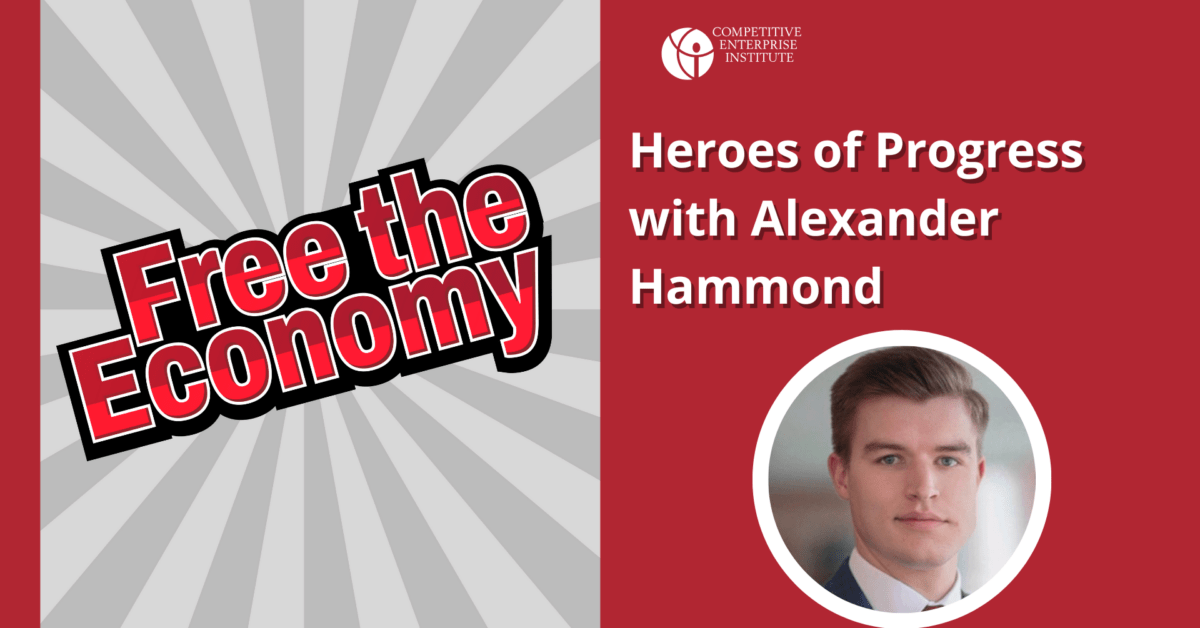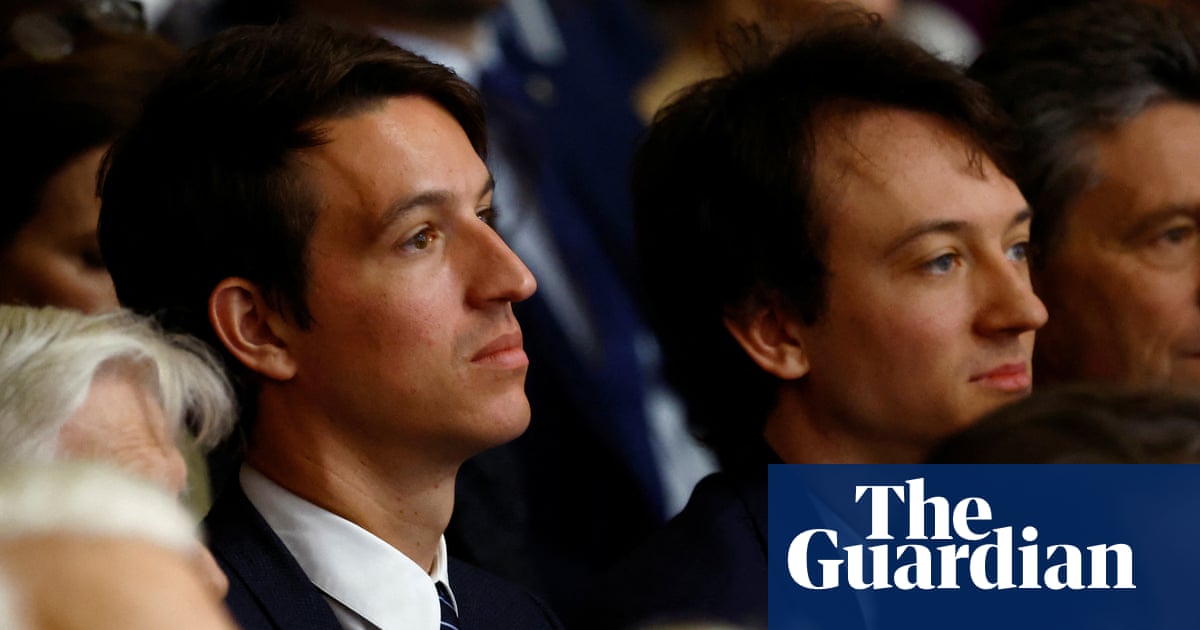From Pioneers to Controversies: Discovering the Lives of History’s Most Influential Figures and Tackling pressing Issues on Our Show
This week, our show covers a variety of topics, including venture capitalists’ struggles with red tape, obstacles to electric vehicle adoption, Americans sleeping on the job, and the potential for…
Generac Holdings RS Rating Upgraded, But Failed Breakout Poses Risks for Investors
Generac Holdings (GNRC) stock received an upgrade in its Relative Strength (RS) Rating from 79 to 83 on Thursday. The RS Rating, which ranges from 1 to 99, is a…
Bernard Arnault’s Two Sons Elected to LVMH Board | Business
Two sons of Bernard Arnault, the world’s richest man, have joined the board of LVMH after a shareholder vote, solidifying the family’s control of the French luxury goods company. The…
The Leader of the SETI Institute Claims There is No Evidence of Alien Technology
Last year, US Congress held public hearings on UFOs, which had many people excited about the prospect that the government could be hoarding evidence of extraterrestrial life. However, the CEO…
The Ravens and Bisciotti Foundation Unveil Ravens College Track Center
The Baltimore Ravens are investing in College Track, a program that helps students from underserved communities become the first in their families to earn a degree. The Ravens, along with…
Honoring Asian American and Pacific Islander Scientists at the National Museum of Nuclear Science & History
The National Museum of Nuclear Science & History is set to debut a temporary exhibit in honor of Asian American and Pacific Islander (AAPI) Month. The exhibit, which runs from…
From Boost to Burden: How Excessive Consumption of Orange Juice Can Harm Your Health
Orange juice is a rich source of vitamin C, which is essential for various functions in the body such as immune system support, heart health, and collagen production. Vitamin C…
Turkish Trade Takes a Hit: The Impact of Anti-Israel Sanctions on Israel Imports and Exports
According to the Turkish economic publication Ekonomim, the impact of anti-Israeli sanctions imposed by Ankara on trade with Israel has been significant. Since the sanctions were introduced on April 9,…
Breaking Down the Legal Landscape: Senate Judiciary Committee to Discuss Nominees and S. 1306 on April 18th
On Thursday, April 18, 2024, the Senate Committee on the Judiciary will be holding a meeting in Room G50 of the Dirksen Senate Office Building. The agenda for the meeting…
Tigist Assefa aims to set a new women’s marathon world record at the London Marathon.
Ethiopia’s Tigist Assefa has her sights set on breaking her own women’s marathon world record and running under two hours and 10 minutes. Despite this ambitious goal, she emphasizes that…




